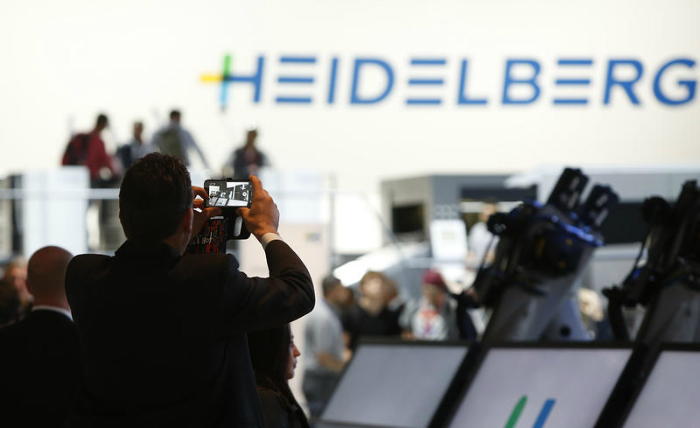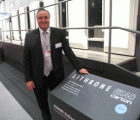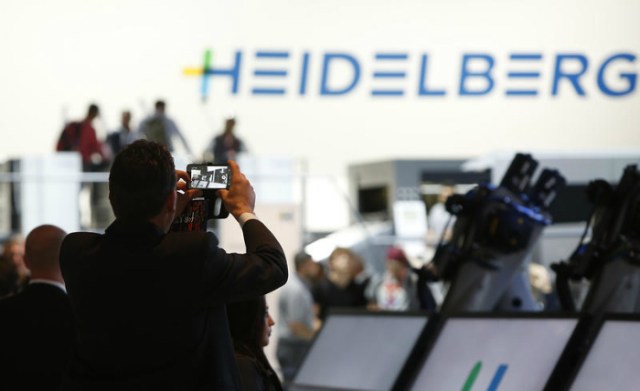
Digital packaging printing is the big story on the opening day of drupa, with anyone who is anyone and a few more besides staking their claims for this multi-billion dollar market.
Heidelberg was first off the rank with its Primefire 106, co-developed with Fujifilm, the sheetfed inkjet B1 press aimed squarely at the folding carton market.
Landa came out all guns blazing with his S10, similarly aimed straight at the folding carton market.
HP announced upgrades to its Indigo 20000 folding carton press and filled in what it says is its missing link in digital packaging with the launch of a new C500 PostPrint system, then wide format developer Durst launched a new inkjet digital folding carton printer, while KBA – the offset packaging kings – weighed in with a monster VariJet 106 press co-developed with Xerox, which is a complete online solution able to print seven colours, and have white print unit, an offset unit and a screen printing unit if required.
Finally, Konica Minolta sprang a major surprise, revealing that it is developing the KM-C, which is a B1 format UV inkjet digital press targeted at the commercial print and packaging sectors, and will be the first printing system developed from top to bottom by Konica Minolta.
The rush into digital packaging is driven by developers seeking a growing market, and with no-one yet able to eat their cornflakes off the internet and a global population that will continue to grow, packaging represents the best bet for technology developers.
Growth is predicted to be around four per cent a year for as far as can be predicted.
Digital package printing is cited as a more cost-efficient production of shelf ready and sales packaging in small and medium-sized job runs, and also is used for sampling, customisations and versioning – directly and without setup costs – all of which will grow strongly as marketeers seek to grab shopper’s atttention.
Those that have shown their hand so far will be joined by EFI which will launch its digital folding carton printer today, and no doubt others will join the fray.
Presented as a technology showcase prototype to gauge interest, the Konica Minolta KM-C lifts technology from the AccurioJet KM-1, giving it image quality at 1,200 x 1,200 dpi resolution, as well as colour stability, with an inline sensor and image correction and the ability to print on a wide range of paper substrates without pre-coating.
Durst at drupa
KM-C is built around a flatbed sheet-feeding platform designed by Konica Minolta that the company says enables easy processing of materials such as cardboard and micro flute. Paper thicknesses of between 0.3 and 1.2 mm can be handled easily. The press is capable of printing up to 2,200 B1 sheets per hour with a maximum paper size of 760 x 1,060 mm.
Durst is showcasing single-pass and multi-pass printing systems for corrugated cardboard manufacturers and converters. The highlight is the new Rho 130 SPC with a print speed of up to 9350 sqm per hour.
With the development of a non-hazardous ink system based on Durst Water Technology, Durst is also already addressing the future directives for sustainable packaging products in the food retail sector.
Comment below to have your say on this story.
If you have a news story or tip-off, get in touch at editorial@sprinter.com.au.
Sign up to the Sprinter newsletter


